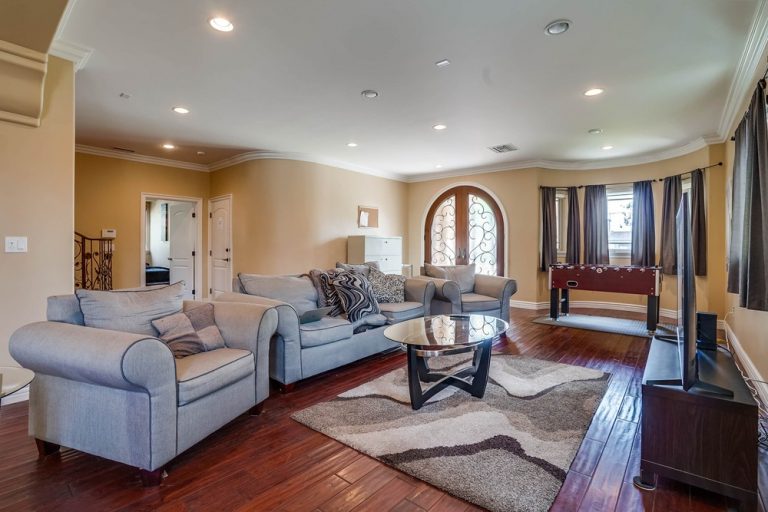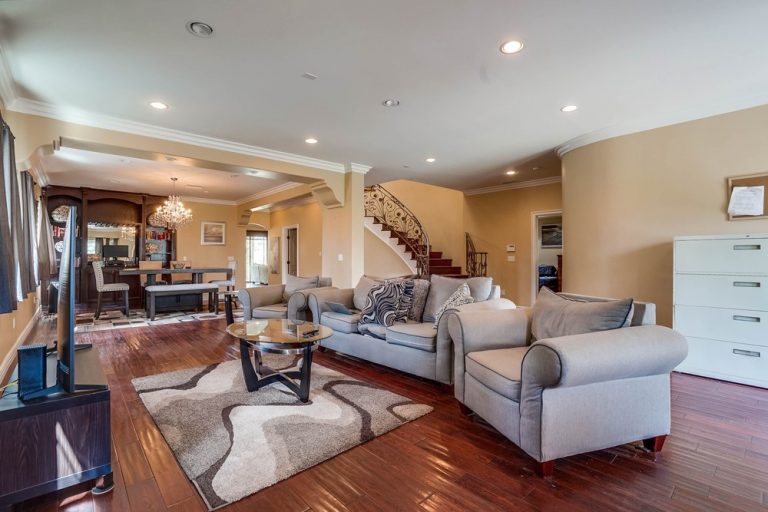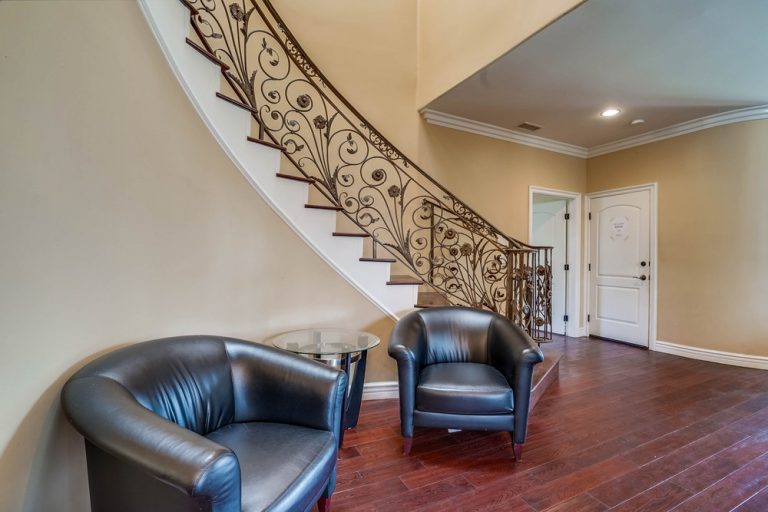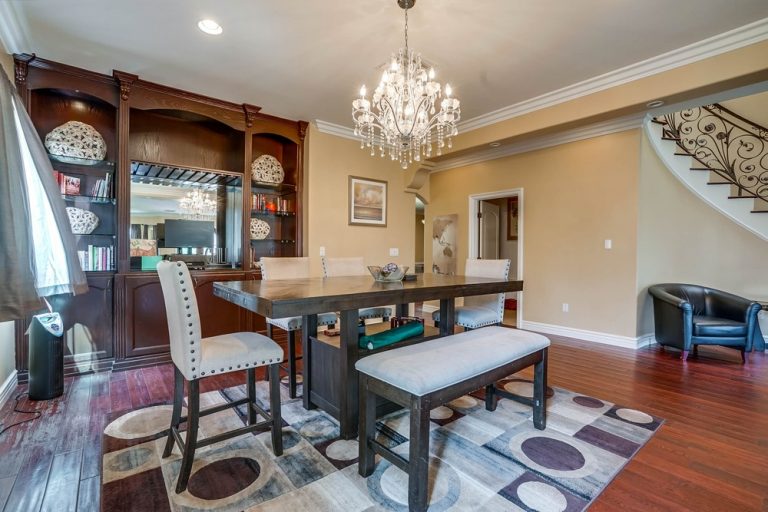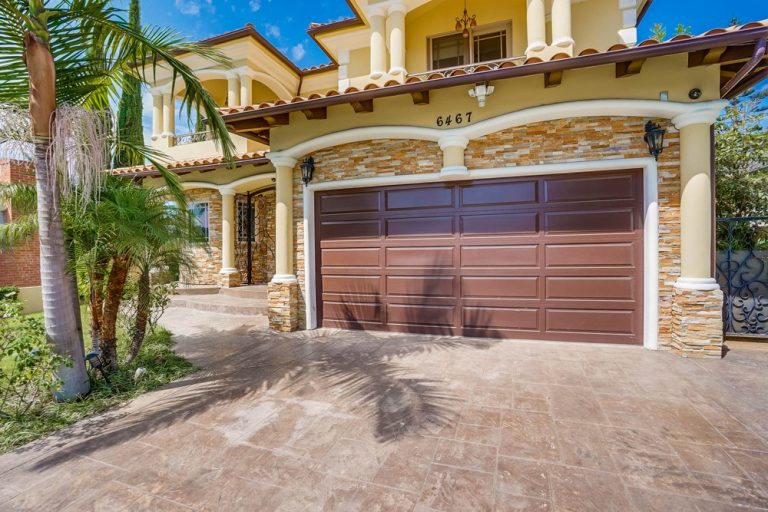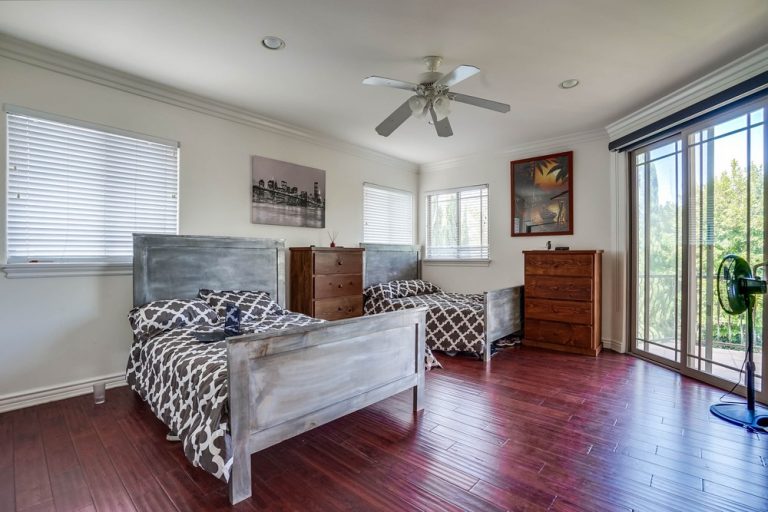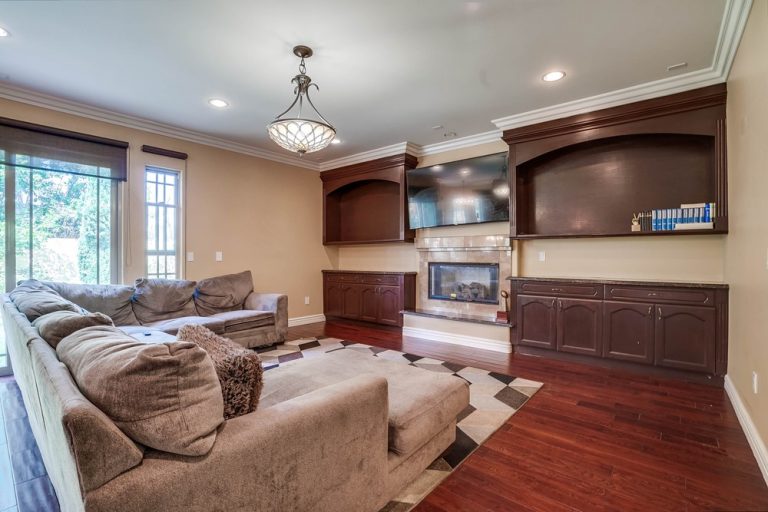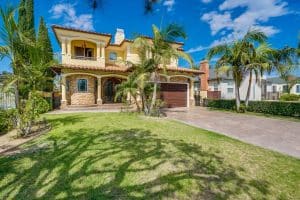Sober Living Fun at Design For Recovery
Sober Living Resources for Honolulu
A sober living home is a facility that allows people who are recovering from drug and alcohol addictions to focus entirely on their recovery. They provide safe, clean, supportive, and trigger-free environments to residents. When people move in, they agree from the beginning to stay away from drugs and alcohol. Sober living homes operate in many ways like a normal home, with the crucial difference being that all residents work daily to further their recovery. Moreover, sober livings provide a great deal of structure and support to aid residents in this goal.
Sober livings are sometimes used as a first line approach to addiction recovery. They are also often recommended as a bridge between an inpatient treatment facility and the “real world.” Sober living homes do not provide clinical addiction treatment, but they support residents as they rebuild their lives and meet the challenges of early sobriety. As such, sober living homes can be utilized by people at any stage of the recovery journey.
Environmental factors have a critical impact on addiction recovery, especially for individuals in early sobriety who are especially vulnerable to triggers. Triggers can come in the form of chance encounters with former drug dealers, living with family members who drink excessively, or even just walking through a neighborhood that reminds one of one’s past life. Sober livings not only provide a drug and alcohol-free environment, they provide hands-on support. Residents work daily to cultivate the healthy coping skills and habits they need for long term sobriety.
More importantly, residents support each other. Sober living houses are communities where people in recovery come together to offer each other their experiences, strength, and hope. The relationships people develop in sober livings are a crucial component of recovery, making each day easier — but also making life in sobriety more joyful. Studies on sober livings show that the peer support people find in sober living homes helps keep them sober for years after graduating. Most find that these friendships are a gift that keeps on giving long after moving on to the outside world.
Benefits of Sober Livings
24/7 Staff Support
Sober Peer Support
Skill-Building in Sober Livings
Easier Transitions
Sober living houses are one of the most recommended types of aftercare programs. When people graduate from rehabs, like inpatient treatment programs, it is often dangerous to simply jump back into the outside world. Not only can such a transition be jarring, it’s often pointless — since few people simply want a sober version of their old lives. Sober living homes help rehab graduates make a smoother transition back into the outside world, providing them with extensive support as they develop increased autonomy and independence. Moreover, sober livings help rehab graduates continue to practice and develop the coping tools and skills they need for long-term sobriety. Research shows that taking part in long-term aftercare programs like sober livings significantly decreases the likelihood of relapse.
What Are You Waiting For?
Join Our Sober Community at Design for Recovery Sober Living Homes in Los Angeles, California.
What to Look for in a Sober Living Home?

Design for Recovery stands out from other sober living homes not only because it is strongly rooted in the 12 Steps of Recovery, but also because it offers a highly structured program centered on the principles of honesty, integrity, accountability, responsibility, and service. Addicts who are floundering in recovery and repeatedly relapsing can find lasting sobriety in Design for Recovery.
Design for Recovery is committed to the idea that recovery from drug addiction is about more than just the removal of substances from the body. The process of recovery involves dealing with the underlying issues behind the addiction as well as the development of a plan for living in recovery. A new and lasting life in recovery involves firmly rooting recovering addicts in a sturdy foundation of principles, moral uprightness, and continued self-improvement.
Design for Recovery offers a number of services to aid addicts along their paths to recovery. These include:
- One-on-One Mentoring
- Unity House Meetings
- Medication Monitoring
- Employment Support
- Money Management
- Family Outreach
The founders of Design for Recovery bring with them a wealth of experience in recovery and structured sober living. They are passionate about helping young men who are trapped in the cycle of substance abuse. The mission of Design for Recovery is to help these addicts rebuild their lives from the ground up, a process that is demanding yet carried out with a great deal of compassion. Through a commitment to the Design for Recovery program, countless young men have been able to break free from the chains of addiction.
Anyone living in Honolulu who is suffering from drug and alcohol addiction would benefit from enrolling in Design for Recovery, which provides recovering addicts with a safe sober community and a structured program of behavior modification strongly rooted in the 12 steps. Its convenient location as well as its proven track record of helping addicts recover from substance abuse disorder makes Design for Recovery the clear solution for Honolulu addicts who are eager to find newfound freedom and happiness.
For anyone seeking more information about the history of Design for Recovery, its core values, or details about the day-to-day workings of its program, feel free to reach out and contact us today.
Sober Living Outside of Honolulu
Leaving Honolulu is often a good idea for people who spent the bulk of their active addictions in Honolulu. Honolulu contains many excellent sober living houses, but these may not be ideal for all Honolulu residents. Pursuing recovery in Honolulu can be difficult, especially because the drug trade has such a powerful presence in the state. It can also be difficult for more personal reasons: after years of abusing drugs and alcohol in Honolulu, the state itself may be triggering. A chance encounter with a former drinking buddy or drug dealer can easily send a person back into old habits of thought or behavior. Enrolling in a sober living home out of state is often the best way of ensuring a clean slate.
California is a popular state for addiction recovery. First of all, the state is appealing: plenty of sunshine, countless cultural offerings, and beaches and mountains aplenty. Secondly, Southern California is home to a rich and diverse recovery community. This community can be found in 12-step meetings, such as Alcoholics Anonymous and Narcotics Anonymous, throughout the city. The city is open-minded and health-conscious, and you may be surprised to find that in Southern California being sober is actually cool. Best of all, the area is home to a unique type of sober living home: structured sober living. These residences offer increased structure, support, and recovery resources, helping people from all around the country get sober and rebuild their lives.
Recovery is Possible at Design for Recovery
Design for Recovery is one such structured sober living home. It is widely recognized as Southern California’s top sober living facility for men. The property offers safe and comfortable accommodations. Staff members work with residents to help them address underlying issues, develop new coping tools, and build lasting relationships. At Design for Recovery, no matter what a person’s background is, sobriety is possible.
At Design for Recovery, residents not only pursue long-term sobriety, but they also work to build better lives for themselves. Design for Recovery was founded on the belief that addiction recovery involves more than abstinence. Residents develop a strong foundation of principles to live by, which include values like honesty, integrity, accountability, and responsibility. They also develop important life skills, strong relationships, and begin to take steps toward more prosperous futures. By the time our residents graduate, they can stride with confidence toward their goals.
If you or a loved one is suffering from drug or alcohol addiction in Honolulu, our California sober living home can help you make a fresh start. Contact us today for a free and confidential consultation. Recovery is possible.

Is Sober Living the Right Option For Me?
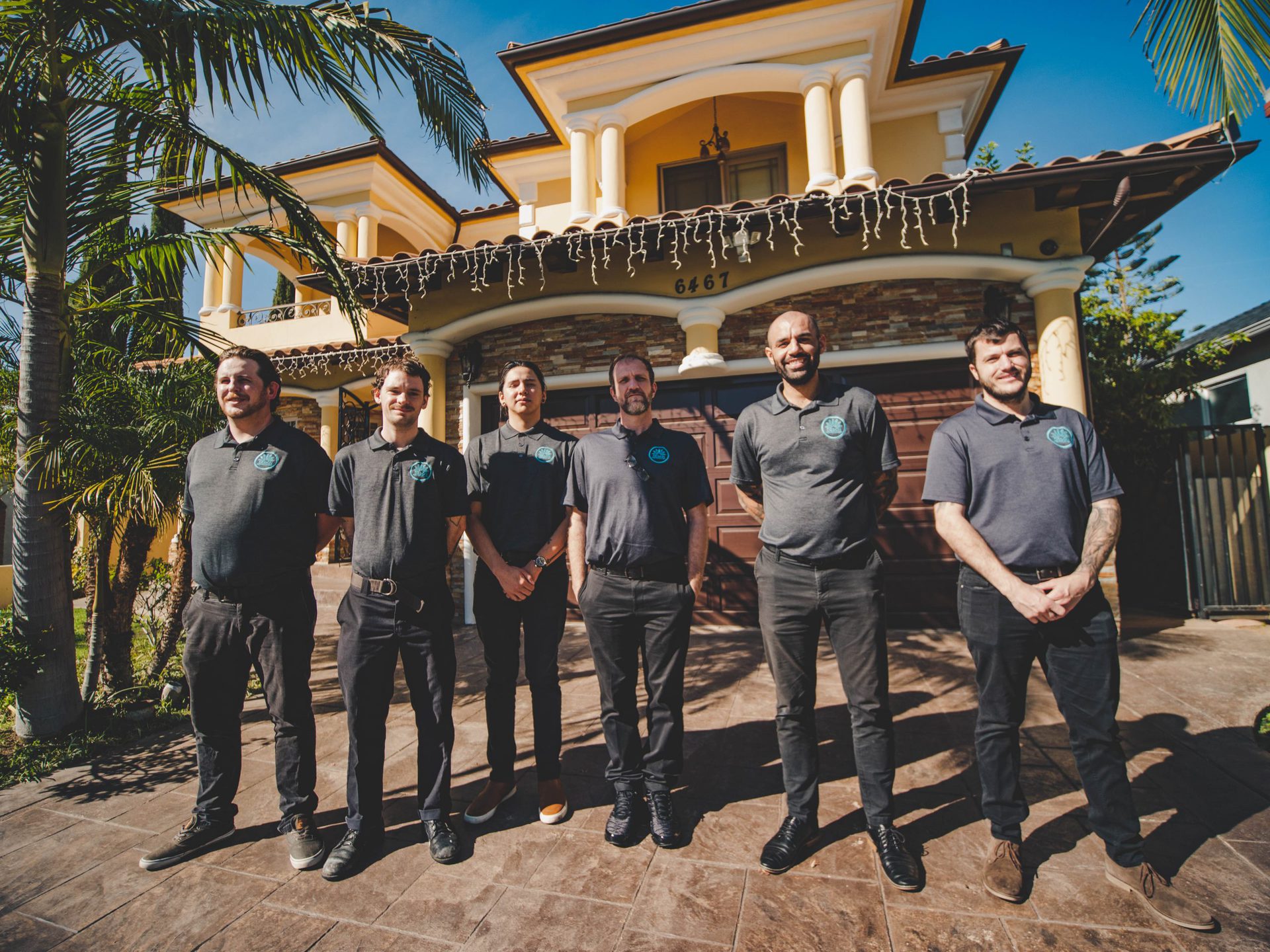
While sober living homes in Los Angeles are open to people who have not attended formal addiction treatment, they are often recommended by caseworkers at inpatient and outpatient treatment centers as part of an aftercare plan.
Aftercare plans are programs designed to facilitate long-term sobriety for people who have graduated from formal treatment programs. Beginning a new life after getting sober can be difficult.
Sober living house are a great resource for individuals who desire help and support as they face these challenges.
- People who have finished a formal addiction treatment program and want to continue working on their substance use disorder
- People who want to work on building a supportive sober community
- People interested in finding help with employment or applying to school
- People who need help developing important skills and values, such as accountability and honesty
- People who need support for mental health issues in addition to their addictions
- People who are worried that their “normal lives” contain too many triggers to use drugs and alcohol
It is important to understand that these facilities are much more than a place for sober people to sleep. Addiction experts recommend that anyone in a sober living work actively to address their addiction issues. To that end, many sober living home residents are enrolled in outpatient programs where they receive counseling, medication monitoring, and other services.
Many sober living homes in Los Angeles offer some or all of these services and require residents to follow an intensive schedule geared toward recovery. These more hands-on facilities are known as structured sober livings.

How can I pay for sober living?
A negotiated payment plan
Sober living home managers understand the financial difficulties that people with addictions face. Many offer sliding scale rates or help residents find work and accept payment on a deferred basis.
Financial help from family or friends
Asking for a loan or gift from family and friends might sound like a long shot, but when people pool resources it is often possible to raise enormous sums of money. Chances are, your family wants you to achieve sobriety and will see this as a wise investment in the future.
Crowdfunding
Websites like Go Fund Me allow users to get help from vast numbers of people. Share your story and your hopes for the future and send it out to family and friends, encouraging them to share it to their social network. Even if it doesn't fully cover your expenses, every little bit helps to reach your goals.
Taking out a personal loan
Rather than perceiving this as going into debt, it might be smarter to look at it as an investment in yourself. After all, you will likely make more money after treating your addiction, so the amount you lose will be ultimately surpassed by what you’ll gain from sobriety.
How Long Do I Have To Stay in Sober Living?
Sober houses differ in terms of their expectations for residents. While some programs have specific timelines, by and large residents are allowed to remain in sober living houses for as long as they are willing to pay rent. The most important factor determining one's length of stay should be the needs of the individual resident.
Some residents might find that they are prepared to leave after just a few months. Others might need a year or more to work on repairing relationships, setting up their employment, academic, and living plans, and become confident in their sobriety. While everyone recovers at a different pace, it is worth repeating that long periods spent in treatment are correlated with a reduced risk of relapse.

How to Find the Perfect Sober Living Home
While sober living homes vary widely, quality facilities share a few commonalities. These include:
- Well-trained and experienced managers
- House rules and expectations
- Readily accessible staff on duty 24/7
- Daily schedules as opposed to a free-for-all
- Regular drug-testing to ensure the sobriety of all residents
- Safe and clean facilities
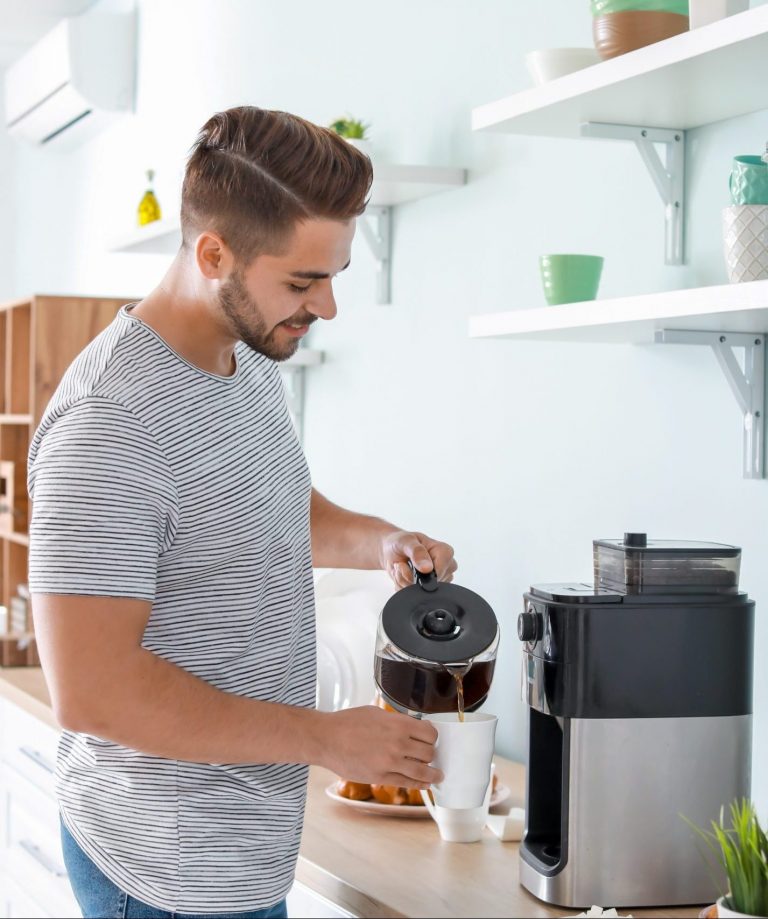
Design For Recovery Sober Living
The Sober Living Network, an organization that sets standards for sober living homes, maintains a list of approved facilities. Facilities that are members of their Sober Living Coalition are guaranteed to be safe, well-managed, and ethical. If you are interested in researching sober living homes near you, you can consult their directory via their free search tool.
For residents of Los Angeles, Design for Recovery offers a structured facility for young men struggling with addiction. Their 12-step based program is based on principles of honesty, integrity, accountability, responsibility, and service.
Design for Recovery Sober Living understands that recovery from a substance use disorder is about more than physical abstinence, but rebuilding lives from the ground up. If you are ready to make a change, check out some of our testimonials or contact Design for Recovery today.
Frequently Asked Questions
The cost of sober living varies depending on the location, how much structure the program offers, and what benefits and amenities are available. For example, some sobriety houses include weekly drug testing, transportation to 12-Step meetings, and employment support—and these extra services come at a higher price than places that don’t offer them. But often it’s cheaper to live in a sobriety house than to go solo because rent is split among several people.
It really depends on the individual and their progress in recovery. Some people may need to stay in a sober living home in Honolulu for a few months, while others may need to stay for a year or more.
Sober living homes in Honolulu can improve the chances of remaining abstinent following inpatient treatment. They provide social support for individuals with similar goals. They are safe and structured environments that nurture and prepare the individual for reentry into the real world. Some of the most important benefits that residents receive in sober living homes include:
- Constant guidance and support
- A strong sober social support system
- Improved life skills
- A smoother transition to independent living
- Lowered risk of relapse
- A safe, trigger-free space to pursue recovery
- Help to find employment
- Improved relationships with friends and family
Some homes have specific rules about pets, such as breed or size restrictions. Some studies show that pets can play a huge role in addiction recovery. Pets provide companionship, love, and support during this difficult time. While pets are not allowed in all sober living homes, many do allow pets.
Yes, sober living homes in Honolulu provide the structure and support that residents need to get back on their feet and find a job.
Close family members are free to visit the sober living at any time, though it is recommended that they contact the house in advance to discuss their visit with the house manager.
Design For Recovery also organizes regular events during which family members are invited to congregate with house members.
Regulations around using cell phones vary considerably. At Design For Recovery, we limit cell phone access for residents in the early days of their recovery. This gives them the opportunity to focus on their present circumstances and the present moment, cultivate real relationships with fellow house members, and look inward.
A few things to expect at Honolulu sober living:
- Sober livings help residents to develop healthy routines and habits that support their sobriety.
- Sober living homes promote independence. While residents are expected to follow rules and guidelines, they are also encouraged to take responsibility for their own sobriety and recovery.
- Sober living homes provide a safe and supportive environment. Residents can expect to feel safe and supported while they are in a sober living home.
